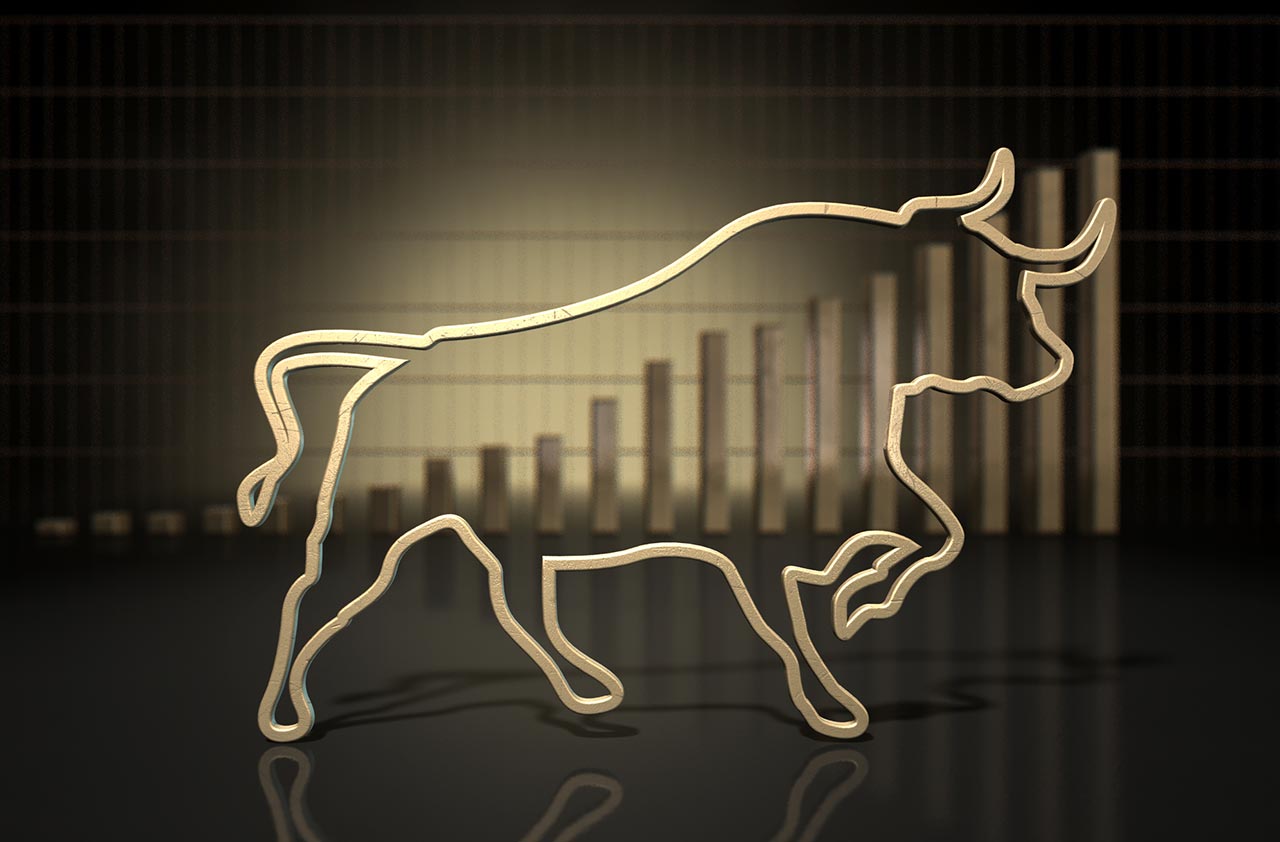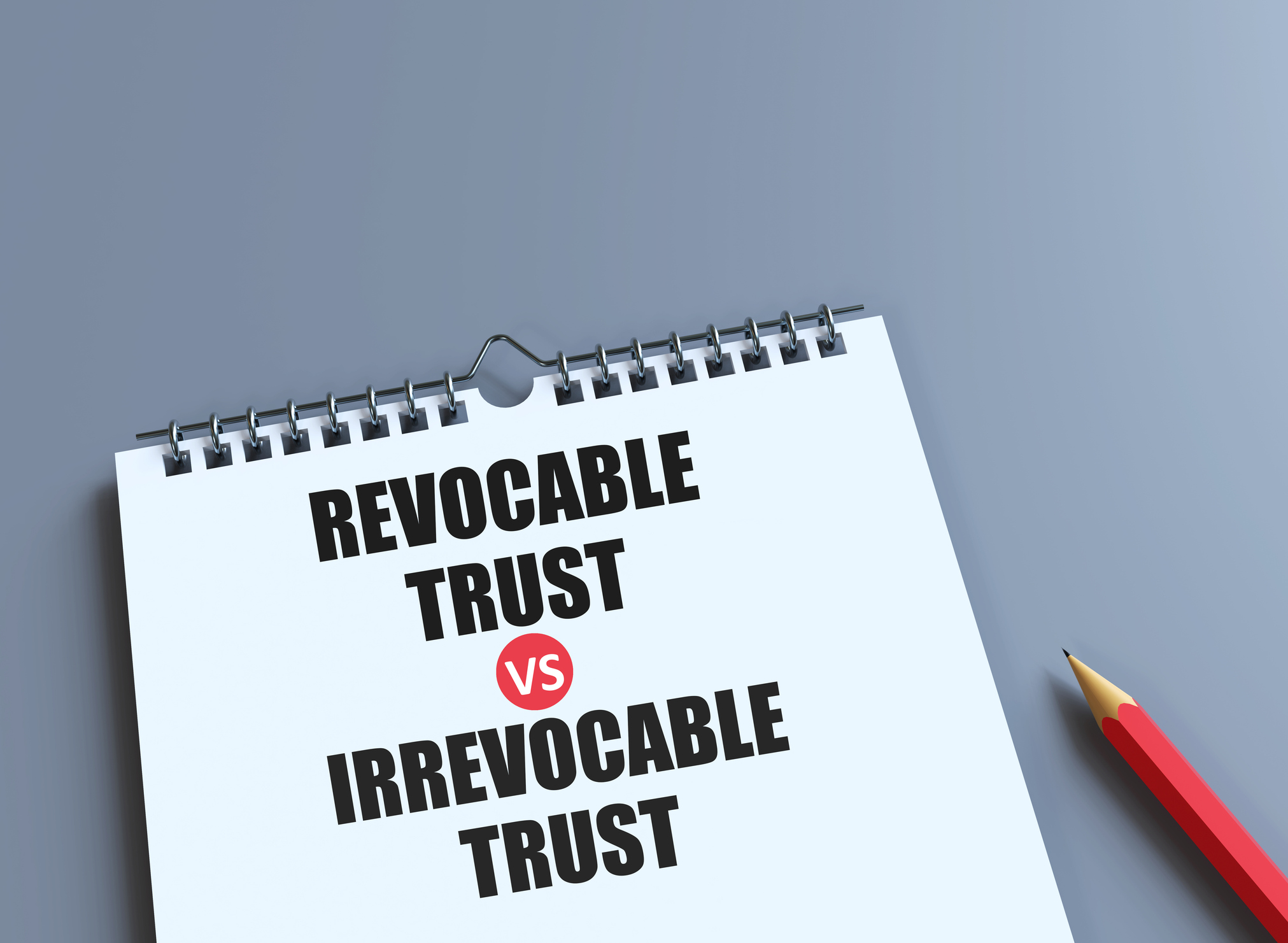Dow 20,000 in 2017? Maybe
The venerable (though quirky) stock index is less than 1,500 points from the milestone.


It may be a bumpy ride, but the Dow Jones industrial average could be heading toward a major milestone: cracking 20,000 for the first time in its 120-year history.
From its August 11 close of 18,614, the Dow needs to climb 7% to reach 20,000. That isn’t likely to happen this year. But it looks achievable over the next 12 months, based on the latest Wall Street price targets for the Dow’s 30 stocks, a roster that includes many of America’s biggest companies, including Apple (AAPL), ExxonMobil (XOM) and JPMorgan Chase (JPM).
Analysts have raised their price targets for Dow stocks in recent months because they see a big pickup in earnings growth in the first six months of 2017. Although earnings estimates for the second half of 2016 have slipped since the end of June, according to research firm Factset, profits are expected to rise by about 15% in the first quarter of 2017 and 13% in the second quarter compared with the same periods a year earlier.
From just $107.88 $24.99 for Kiplinger Personal Finance
Become a smarter, better informed investor. Subscribe from just $107.88 $24.99, plus get up to 4 Special Issues

Sign up for Kiplinger’s Free Newsletters
Profit and prosper with the best of expert advice on investing, taxes, retirement, personal finance and more - straight to your e-mail.
Profit and prosper with the best of expert advice - straight to your e-mail.
If companies can hit these targets, it wouldn’t be a stretch for the Dow to advance 8%. Add in a dividend yield of 2.6%, and the index’s total return could top 10% over the next year.
Even at 20,000, the Dow wouldn’t be excessively priced. Its price-earnings ratio, now at about 16 times estimated profits for the next 12 months, would climb to 17.5 times earnings (assuming no changes in forecasts), says Factset. A P/E of 17 would be slightly above the historical average, but it still wouldn’t be extreme, says Jim Paulsen, chief investment strategist at Wells Capital Management. Furthermore, he doesn’t expect the bull market to end without evidence of a recession on the horizon. And right now, leading economic indicators are pointing to more growth in the economy, more optimism and additional share-price gains, he says.
Before you break out the party hats, it’s worth keeping a few caveats in mind. For starters, analysts’ profit forecasts tend to start high and then gradually decline as companies issue results that come up shy of expectations. Earnings estimates for 2016 are now so low (compared with estimates at the start of 2015) that more than two-thirds of companies are beating them. If the trend persists, forecasts for the next 12 months are likely to come down, too, putting Dow 20,000 in jeopardy.
In fact, this is the “second sighting” of Dow 20,000, says Howard Silverblatt, senior index analyst for S&P Dow Jones Indices. The first one occurred on July 28, 2015, when Wall Street’s one-year price target for the Dow initially hit 20,000. Yet the Dow closed at 18,456 on July 28, 2016. “The earnings estimates come from people who have a long history of being too optimistic,” Silverblatt says.
If the Dow can keep climbing, it will likely be on the strength of a few key stocks and sectors. Because it weights stocks by share price rather than market value, the Dow contains a quirky mix of companies. Goldman Sachs (GS), IBM (IBM) and 3M (MMM) occupy the top three spots in the index, at about 6% each. Yet the largest U.S. company by market value, Apple, only receives a 4% weighting. The Dow excludes tech giants such as Google’s parent company, Alphabet (GOOGL), as well as Amazon.com (AMZN) and Facebook (FB). Also missing is one of the biggest conglomerates in the U.S.—Warren Buffett’s Berkshire Hathaway (BRK.B).
This stock mix—and lack of exposure to hotter parts of the market—hasn’t done the Dow any favors in recent years. Although the Dow is keeping pace with Standard & Poor’s 500-stock index this year, it trailed the S&P 500 by 1.2 percentage points in 2015 and by 3.7 points in 2014. Over the past three years, through August 10, the Dow trailed the S&P 500 by an average of 1.2 points per year.
But this year could mark a turning point for some Dow stocks. The recovery in commodity prices, although still nascent, should help energy and industrial companies, says Paulsen. Dow members Caterpillar (CAT), Chevron (CVX) and ExxonMobil would benefit. Paulsen also sees signs of a “global economic bounce” that would help materials and industrial firms such as DuPont (DD), General Electric (GE) and United Technologies (UTX)—all Dow components, too.
Even if the Dow does rally to 20,000, it wouldn’t necessarily be the star of the U.S. market. Wall Street’s one-year price target for the S&P 500 puts it at 2,373, up 9.1%, excluding dividends. Analysts expect health care to be the top-performing sector, gaining 17.4%. If the market keeps rallying, small-capitalization stocks would likely beat the Dow, which emphasizes global, mega-cap firms with higher dividends and lower profit growth than small-cap stocks offer.
Even more attractive are foreign markets, says Paulsen. Central banks in Europe, Japan and China are cutting interest rates and taking other measures to boost economic growth—heading in the opposite direction of the Federal Reserve, which may be on the cusp of hiking rates. Looser monetary policies should help lift overseas economies and provide a tailwind for their stock markets.
Foreign stocks are generally cheaper than their U.S. counterparts, too. And foreign companies’ earnings growth rate remains about 40% below the average growth rate since 1970, compared with U.S. firms’ 10% below-average growth rate. That offers more room for improvement than for U.S. firms. “To me, the issue is where do you want to invest, rather than whether the Dow will hit 20,000,” Paulsen says. “Over the next year, you may be better off in foreign stocks.”
If you want to invest in the Dow, the most efficient way to go is with an exchange-traded fund. SPDR Dow Jones Industrial Average ETF (DIA, $186.30) closely tracks the index’s performance and charges an annual expense ratio of 0.17%.
Alternatively, you could duplicate the quirky Dow yourself, buying an equal number of shares in all 30 stocks. For a little less than $11,000, you could buy four shares of each stock. Using an online broker that charges $7 per trade, you would pay commissions of $210, or 0.19% of the investment. That would be a bit costlier than the annual fee charged by the ETF, and you would need to tweak your holdings whenever S&P Dow Jones Indices changes the average’s composition. But that happens infrequently—the last adjustment was in 2015, when Apple replaced AT&T (T). Before that, the Dow dropped three companies and added three others in 2013.
Over time, your annual expenses would likely be lower than the ETF’s, enabling you to capture more of the Dow’s total return. A few years from now, the Dow may have even left the 20,000 mark in the dust.
Profit and prosper with the best of Kiplinger's advice on investing, taxes, retirement, personal finance and much more. Delivered daily. Enter your email in the box and click Sign Me Up.

-
 3 Major Changes to the Charitable Deduction in 2026
3 Major Changes to the Charitable Deduction in 2026Tax Breaks About 144 million Americans may qualify for the 2026 universal charity deduction, while high earners face new IRS limits. Here's what to know.
-
 Where to Stash Cash as Yields Fall, According to Advisers
Where to Stash Cash as Yields Fall, According to AdvisersYour best options depend on how soon you'll need the money and your tolerance for risk.
-
 Control vs Protection Quiz: Which Trust Do You Need?
Control vs Protection Quiz: Which Trust Do You Need?Quiz Take this simple quiz to discover whether a revocable or irrevocable trust should be the cornerstone of your estate plan.
-
 If You'd Put $1,000 Into 3M Stock 20 Years Ago, Here's What You'd Have Today
If You'd Put $1,000 Into 3M Stock 20 Years Ago, Here's What You'd Have TodayMMM stock has been a pit of despair for truly long-term shareholders.
-
 If You'd Put $1,000 Into Coca-Cola Stock 20 Years Ago, Here's What You'd Have Today
If You'd Put $1,000 Into Coca-Cola Stock 20 Years Ago, Here's What You'd Have TodayEven with its reliable dividend growth and generous stock buybacks, Coca-Cola has underperformed the broad market in the long term.
-
 If You Put $1,000 into Qualcomm Stock 20 Years Ago, Here's What You Would Have Today
If You Put $1,000 into Qualcomm Stock 20 Years Ago, Here's What You Would Have TodayQualcomm stock has been a big disappointment for truly long-term investors.
-
 If You'd Put $1,000 Into Home Depot Stock 20 Years Ago, Here's What You'd Have Today
If You'd Put $1,000 Into Home Depot Stock 20 Years Ago, Here's What You'd Have TodayHome Depot stock has been a buy-and-hold banger for truly long-term investors.
-
 What the Rich Know About Investing That You Don't
What the Rich Know About Investing That You Don'tPeople like Warren Buffett become people like Warren Buffett by following basic rules and being disciplined. Here's how to accumulate real wealth.
-
 If You'd Put $1,000 Into Bank of America Stock 20 Years Ago, Here's What You'd Have Today
If You'd Put $1,000 Into Bank of America Stock 20 Years Ago, Here's What You'd Have TodayBank of America stock has been a massive buy-and-hold bust.
-

 If You'd Put $1,000 Into Oracle Stock 20 Years Ago, Here's What You'd Have Today
If You'd Put $1,000 Into Oracle Stock 20 Years Ago, Here's What You'd Have TodayORCL Oracle stock has been an outstanding buy-and-hold bet for decades.
-
 How to Invest for Rising Data Integrity Risk
How to Invest for Rising Data Integrity RiskAmid a broad assault on venerable institutions, President Trump has targeted agencies responsible for data critical to markets. How should investors respond?